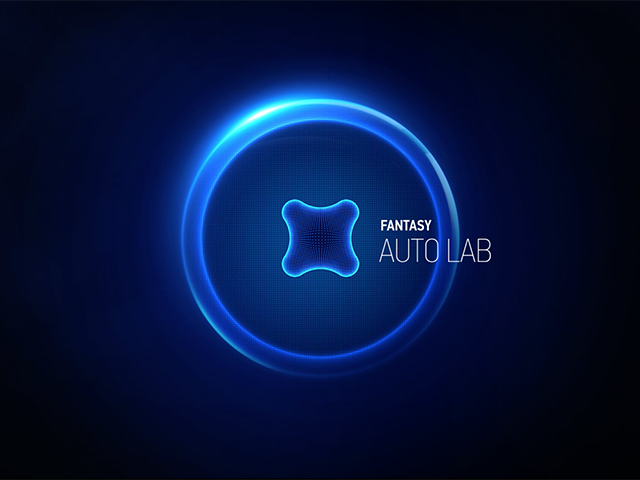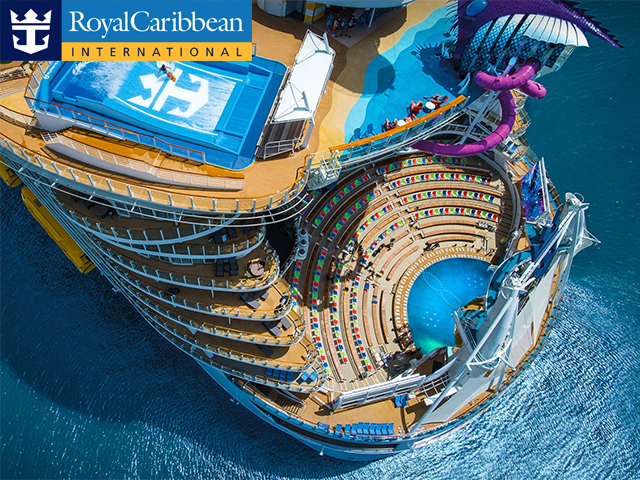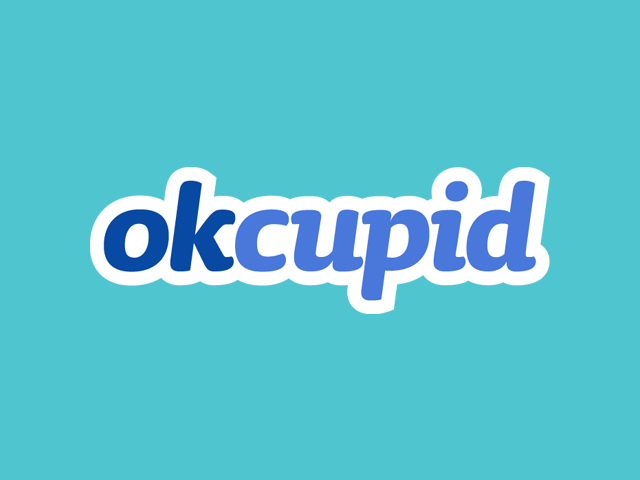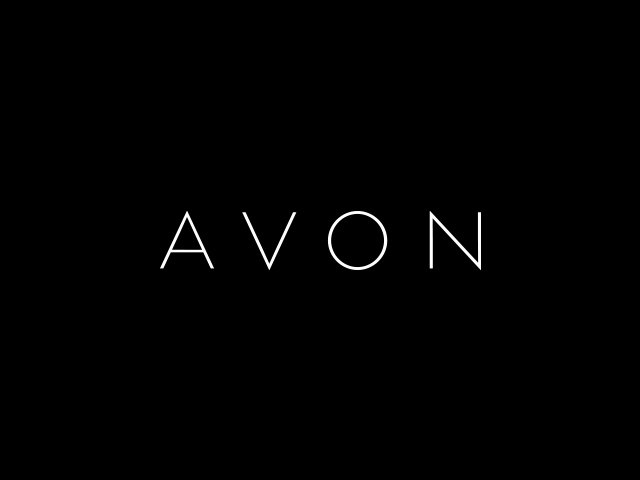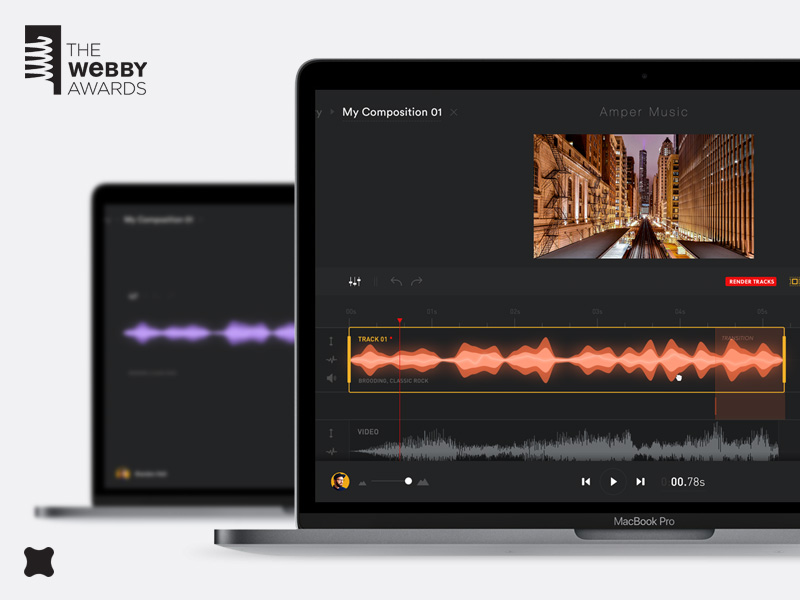Take a moment to consider the state of the world today. We face a world of dire and complex challenges. From violent social divides and extreme poverty to climate change. There are many socially motivated initiatives that are taking on these challenges. Yet what we see increasingly from Silicon Valley are simplistic solutions to address problems that people didn’t realize they had in the first place while the struggle of people’s daily realities go unaddressed. The question then becomes; how we as designers, given our unique position as champions for the people, can contribute to more meaningful solutions to genuine problems that people face in their day to day?
At Fantasy we want to look deeper. We want to create viable, and future focused solutions that enhance people’s experiences across a variety of ubiquitous societal and technological norms that are normally overlooked or simply accepted — beginning with that of transportation. We believe that by doing this, we can improve the quality of life for large segments of the population.
Transportation Experiences Today
As the world starts to think about the opportunities in automotive and transport spaces, too often our first thought is to think about what we can put on a screen. As a result we have seen the big players like Android and Apple think that the solution is as simple as broadcasting a mobile phone’s functionality into the car.
We also see OEMs (Original Equipment Manufacturers — the car companies) releasing solutions for users to control their car remotely, from unlocking the doors, to changing the temperature. These experiences are however far from optimal, with an app experience for unlocking taking 13 steps to complete. While the concept in and of itself is a noble pursuit in bridging the experience within and without a means of transportation, the solutions are far too simplistic.
So why you ask do we continue to put interfaces where interfaces don’t need to exist, meanwhile, where they do need to exist, they are are being overlooked …
Designing The Future
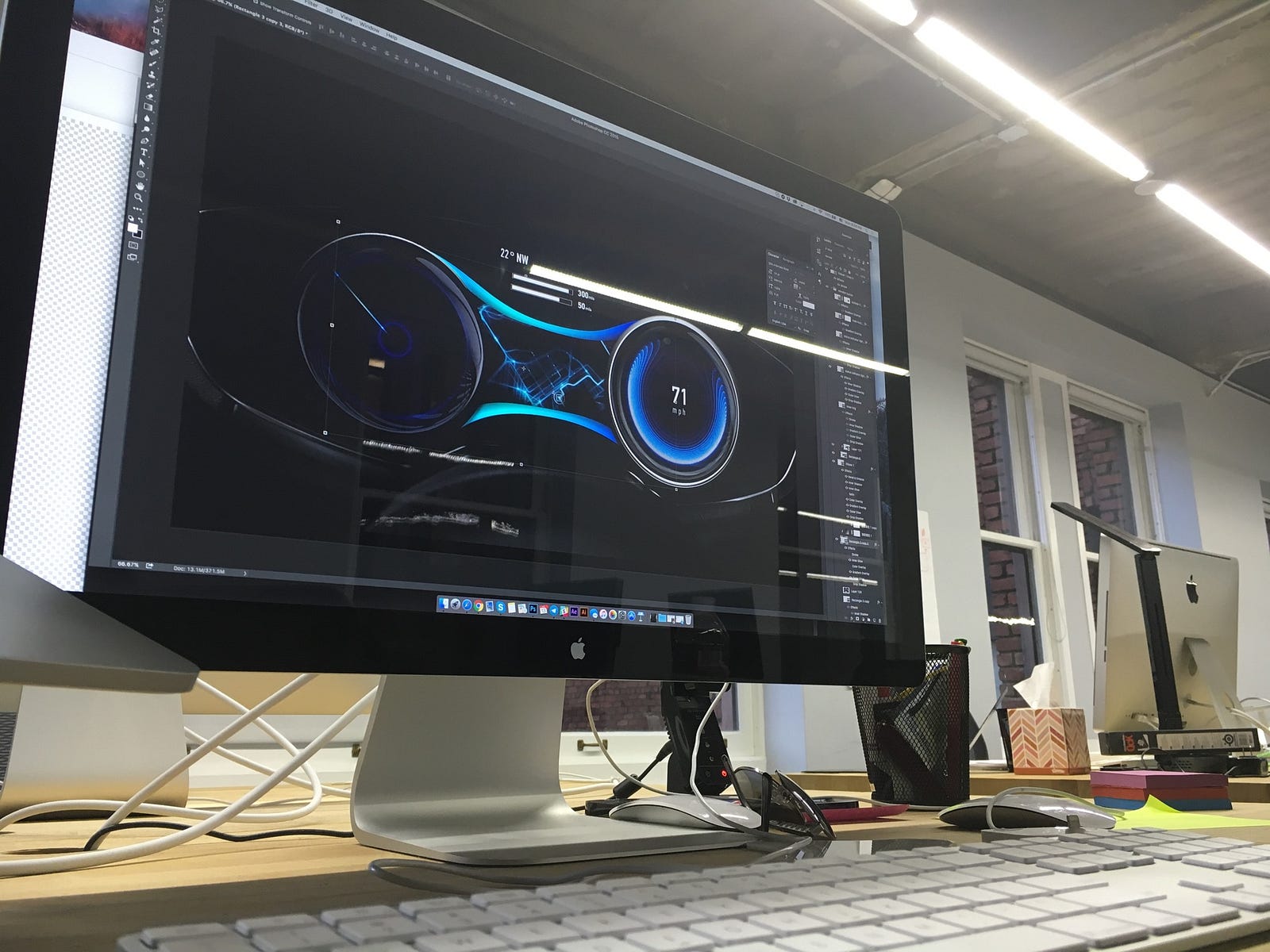
In the future we should derive our micro level solutions from macro level problems that we discover in the realities of the day to day lives of our users.
One of the areas that we are exploring is the in-vehicle experience during the 42–82 hours a year that people spend in traffic in the United States — other parts of the world have traffic jams have lasted for 12 days.
Traffic congestion is one of the most frequently mentioned contributing factors to aggressive driving. On-the-road delays, whether caused by highway maintenance, a collision, or high traffic volumes, are frustrating for all drivers, but intolerably so for some …
This results in dangerous driving behaviors that risk the lives and safety of those around them. How about the user’s experience outside of long commutes? We should be developing solutions that alleviate the strain of impacts to both financial and time budgets caused by traffic congestion that ultimately take a toll on the quality of life of entire neighborhoods.
These are the types of questions that we will be asking as we do not think that simply setting the temperature or unlocking the car doors remotely from an app are meaningful solutions that will result in a positive impact of the user’s reality.
Areas of Opportunity
These are the areas of opportunity that we are exploring:
The Impacts of Traffic Congestion
There are very real time, health, safety and social impacts that can be addressed meaningfully through user experience design.
The Problem of Driver Distraction
Driver distraction leads to so many fatalities in North America everyday, what can we do from a user experience point of view to address this in a more meaningful way than just preventing use of devices.
The Decline of Car Ownership
Services like Zipcar, Getaround, and Flight Car and how the end to end user experience could be different not just for using the services, but within the vehicle as well.
The Impact of Autonomous Vehicles
No more distinction between drivers and passengers, everyone will be a user. The notion of traffic lights, pedestrian crossings, entire urban planning would be ripe for change at the dawn of the autonomous age.
The Ubiquity of Mobile Devices in the Everyday.
We have yet to fully, and meaningfully integrate our lives on these devices with services in personal and public transportation.
The Changing Face of the Car Dashboard
With the advent of autonomous driving, how will the car dashboard change?
Evolving the Head Unit
Given the issues that we are looking to address, how might the content and experience change accordingly?
The Rear Seat Revolution
With the future redefinition of passengers and drivers how might this experience materialize? Will there even be “rear” seats as we know them? Will a car have a front and back?
Crafting Meaningful End to End Experiences
Moving from, home to the commute and then to work, and vice versa, how might the experience change and help to alleviate stress and improve the overall quality of life?
Introducing Fantasy Auto Lab
We believe that the future of experience in the domain of transportation should be squarely focused on meeting and addressing the real needs of the user. Everything should align and adhere to this fundamental principle.
We live in an era of unprecedented innovation. And somehow at this new height we as designers are failing to think beyond apps and screen to consider the whole person.
Fantasy is focused on critical design thinking that departs from the screen-obsessed world and addresses many different domains of human society. We want to create viable, and future focused solutions that enhance the user experiences across a variety of ubiquitous societal and technological norms that are normally overlooked or simply accepted — beginning with that of transportation.
We endeavor to make fantasy a reality and to do so we have created Fantasy Auto Lab to pioneer within.
Our first endeavor begins with the modern cluster for a 2018 full electric hyper-car capable of 0–60mph in 2.1 seconds. With that performance the UI needs to present info through larger UI components and not become solely dependent on numerical data.
By:
Jesh, Gleb, Peter, David (Fantasy AutoLabs)
About Fantasy
Fantasy is an independently owned human-centered UI & UX firm in Silicon Valley and New York City.
Creating product UI within automotive UI to artificial intelligence, consoles to mobile operating systems. We partner with Xbox to 23andMe, Google to Twitter and Spotify to Huawei. Our mission is to significantly impact the user experience in every-day products through bold design.
More thoughts from us
Our thoughts on the future booking experience.
Our thoughts on the future of the airline website.
Our thoughts on the future of online shopping.
Our thoughts on the future of online healthcare.
Say Hello!
Fantasy on Dribbble
Fantasy on Linkedin
Fantasy on Twitter
Fantasy on Facebook
